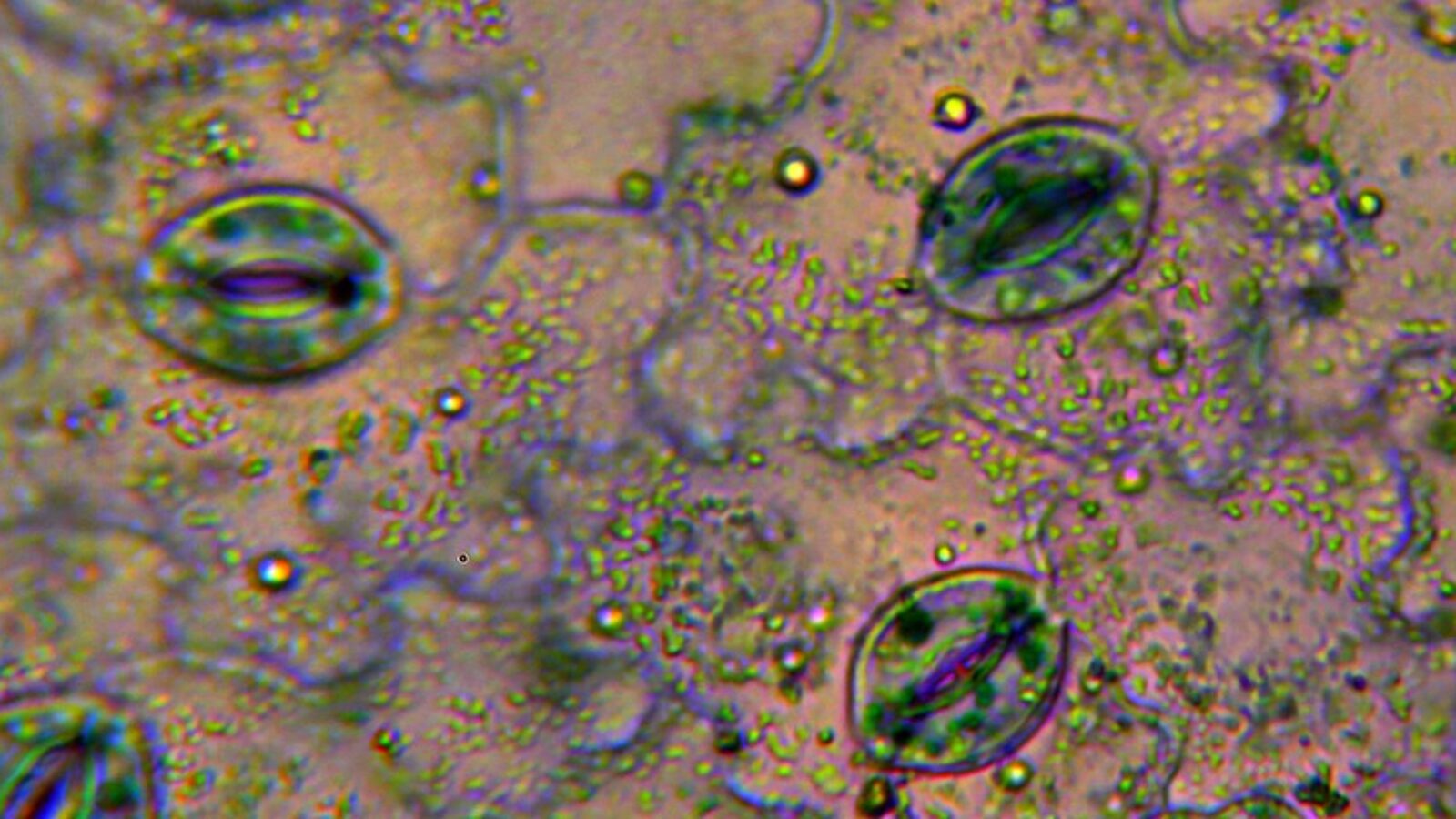This new collaboration by Natalia Jarzebska, TU Dresden, and Afshan Malik, King’s, is part of the IRTG 2251 network “Immunological and Cellular Strategies in Metabolic Disease” and thus addresses, with its research subject, the biochemical processes of metabolic and cardiovascular diseases.
Mitochondria are very dynamic organelles that constantly undergo fission-fusion processes. Despite the fact that the machinery of mitochondrial biogenesis is well investigated, regulatory mechanisms remain unclear. Dimethylarginine dimethylaminohydrolase 2 (DDAH2) is a poorly characterized protein that is associated with highly vascularised tissues. It has been demonstrated that DDAH2 plays a key regulatory role not only in vascular-associated processes like angiogenesis or endothelial senescence but also in insulin production or immune response. However, the exact mechanism of DDAH2 action remains unclear. Recently, DDAH2 was shown to be able to translocate to mitochondria and mediate mitochondrial fission in macrophages during the innate immune response, thus identifying it as a novel modulator of this highly important biological process. Similar translocation behaviour of DDAH2 was demonstrated upon IL-1β stimulation in human chondrocytes. In the lab, the research group demonstrated DDAH2 translocation in the heart from hypertensive mice.
Considering the variety of observed pathological conditions united by a common DDAH2 translocation pattern, the group believes that the fission-regulatory function of DDAH2 might be a universal response to stress. The goal of the project is to test the hypothesis that DDAH2 plays a regulatory role in the modulation of fission processes in endothelium under various stress factors. Therefore,the involved researchers will make use of human umbilical vein endothelial cells (HUVEC) with knock-out of DDAH2, generated with the CRISPR/Cas9 technology. As a complementary approach, the research team will overexpress DDAH2 in HUVEC cells using expression vectors.
The results of the project will help to close the knowledge gap in the understanding of the function of DDAH2. Moreover, the obtained results could be potentially implemented into the development of specific mitochondrial-based therapeutic strategies.


